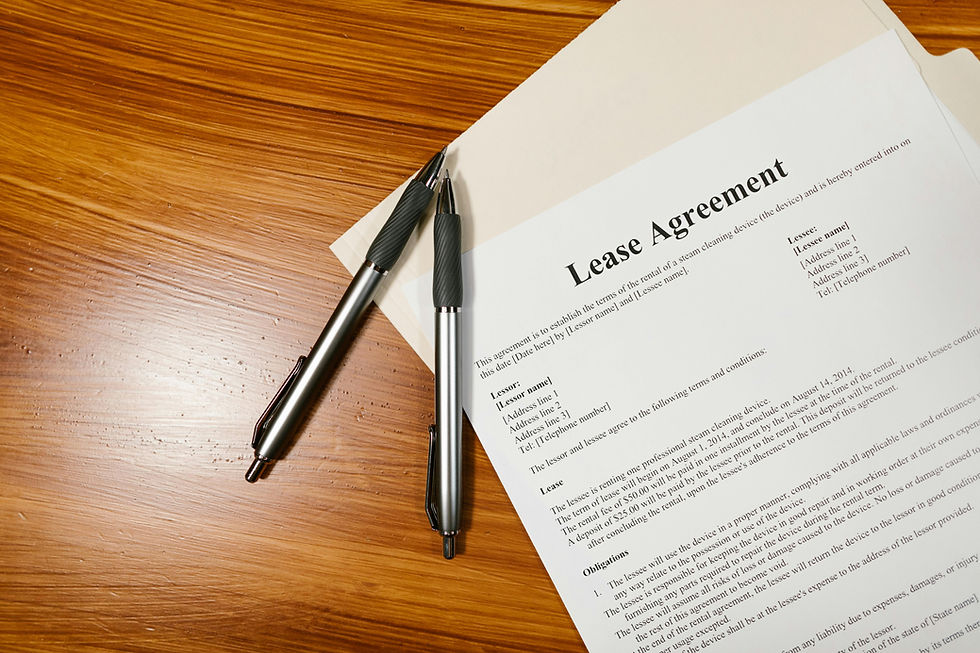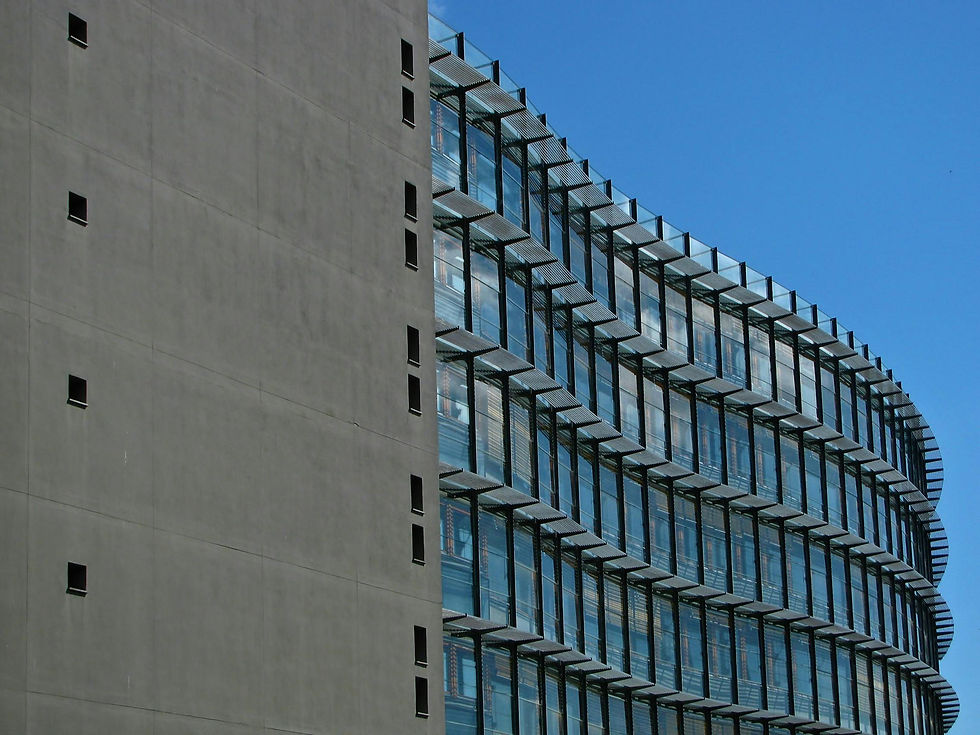Sustainability in Commercial Real Estate: How Green Buildings Add Value
- eweinblatt3
- Sep 25
- 3 min read

The demand for sustainable spaces has shifted from trend to necessity in today’s property market. In commercial real estate, green buildings are no longer a niche; they are becoming the standard. Companies, investors, and communities are increasingly prioritizing environmentally responsible properties that reduce operating costs, enhance employee well-being, and improve long-term asset value.
As Ezra Weinblatt notes, sustainability is now a key driver in investment and leasing decisions. For businesses and landlords alike, green buildings provide both financial and social advantages that cannot be ignored. Here’s a closer look at how sustainability is adding value in commercial real estate.
1. Lower Operating Costs Through Energy Efficiency
Key Advantage:Green buildings are designed with energy-efficient systems, advanced insulation, smart lighting, and renewable energy sources. These features reduce utility expenses significantly.
Why It Matters in Commercial Real Estate:
Tenants benefit from reduced operating costs.
Landlords gain a competitive edge with more attractive leasing terms.
Investors see higher net operating income (NOI).
Ezra Weinblatt’s Insight:Energy savings aren’t just about cost reduction—they’re about long-term resilience. Buildings that optimize resources are better equipped to withstand market volatility.
2. Enhanced Tenant Attraction and Retention
For Tenants:Today’s workforce seeks sustainable workplaces. Employees increasingly want to work in buildings that align with their values around climate responsibility.
For Landlords:Sustainable certifications like LEED or WELL make properties stand out in competitive markets, helping attract top-tier tenants.
What It Means for Commercial Real Estate:Spaces that prioritize sustainability often see lower vacancy rates and higher tenant retention.
Ezra Weinblatt’s Insight:In commercial real estate, green credentials can directly translate to tenant loyalty and stronger long-term leasing agreements.
3. Higher Asset Value and Market Appeal
Why Green Adds Value:
Sustainable buildings often command higher rents.
They maintain relevance in evolving regulatory and environmental landscapes.
Investors increasingly prefer assets with lower carbon footprints.
For Investors in Commercial Real Estate:Green buildings are less likely to become obsolete as sustainability regulations tighten worldwide.
Ezra Weinblatt’s Insight:Sustainability isn’t just about being eco-friendly—it’s about safeguarding future marketability. Properties without green elements risk losing value over time.
4. Compliance with Evolving Regulations
Why This Matters:Governments are tightening environmental standards, requiring commercial buildings to reduce emissions and energy consumption.
For Tenants and Landlords:
Avoiding fines and penalties.
Staying ahead of compliance deadlines.
Meeting stakeholder and shareholder expectations.
Ezra Weinblatt’s Insight:Proactive compliance saves costs in the long run. In commercial real estate, waiting until regulations force action can lead to rushed, expensive upgrades.
5. Improved Workplace Health and Productivity
Tenant Benefits:Sustainable buildings often include enhanced air quality, natural lighting, and access to green spaces. These features improve employee well-being and productivity.
Why It Matters in Commercial Real Estate:
Healthier workspaces reduce absenteeism.
Companies view sustainable buildings as investments in employee satisfaction.
Landlords attract businesses that value workplace wellness.
Ezra Weinblatt’s Insight:Green design isn’t only about the planet—it’s also about people. Employee well-being has a direct impact on business performance, making it central to commercial real estate decisions.
6. Strengthening Brand Reputation
For Businesses:Occupying green buildings aligns brands with sustainability goals, appealing to environmentally conscious consumers and stakeholders.
For Investors and Developers:Green certifications signal a commitment to ESG (Environmental, Social, Governance) principles, which are increasingly critical for attracting institutional capital.
Ezra Weinblatt’s Insight:Brand reputation is one of the most underestimated values in commercial real estate. A sustainable property can elevate a company’s public image significantly.
7. Long-Term Investment Security
Future-Proofing Assets:As climate change risks rise, sustainable buildings are better positioned to withstand physical, regulatory, and financial challenges.
For Commercial Real Estate Investors:
Reduced risk of asset depreciation.
Greater stability in tenant demand.
Stronger long-term return on investment.
Ezra Weinblatt’s Insight:Green buildings are not just an ethical choice—they’re a financially smart strategy. Investors seeking resilient portfolios should prioritize sustainability in acquisitions.
Conclusion: Sustainability as a Value Multiplier in Commercial Real Estate
The rise of sustainable building practices reflects a fundamental shift in the commercial real estate industry. Green buildings lower costs, attract tenants, boost asset values, and safeguard long-term viability.
As Ezra Weinblatt emphasizes, sustainability isn’t an optional feature anymore—it’s a critical driver of value. For tenants, it means healthier, cost-efficient workplaces. For investors and landlords, it ensures assets remain competitive and compliant.
In short, green buildings add value not just financially, but socially and environmentally. And in today’s market, that combination is what defines true success in commercial real estate.


